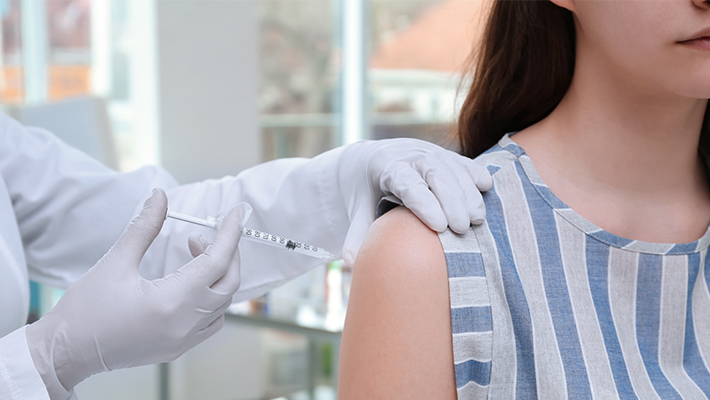Latest research by the Breast Cancer Policy and Evaluation and Cervical Cancer and HPV streams have become the first papers to be published featuring The Daffodil Centre affiliation. The three papers, published in the International Journal of Cancer, The Lancet Public Health and Tumour Virus Research, are summarised below.
Breast cancer screening and overdiagnosis
Breast cancer screening aims to reduce breast cancer mortality, achieved through detection of breast cancer that has not yet given rise to symptoms. If some cases, screening may lead to diagnosis of breast cancer that would, in absence of screening, not have given rise to symptoms in the woman’s lifetime – this is termed overdiagnosis.
In this collaborative effort of the International Cancer Screening Network, combining evaluation of both observed and simulated data, we used the Policy1-Breast model to estimate overdiagnosis rates. Overall, this analysis indicates that overdiagnosis accounts for less than 10% of invasive breast cancer cases in a screening target population of women aged 50 to 69 years.
More research by the Breast Cancer Policy and Evaluation Stream
Effective HPV vaccination coverage in Australia by number of doses and two-dose spacing: What if one or two doses are sufficient?
The HPV vaccine, given to pre-adolescents in high school, was previously given as three doses. Some years ago, international trials supported giving only two doses if these were given far enough apart, and this supported a 2-dose regime being introduced in 2018 in Australia. For the previous, three-dose regime, it has not been known many people with only two doses met dose spacing requirements, nor which of the three school visits were being missed – this information would provide more information about the optimal timing of the school visits.
We investigated these questions using national vaccination data and found that children who did not receive their final dose most commonly missed either the school visit towards the end of the school year (September or later), or the one very near the beginning; it was relatively rare to miss the visit in around Term 2. We also found most children with only two doses in Australia received them closer together than is recommended for them to be most effective. It is possible, however, that that even one dose might be enough – if so, Australia’s school-based vaccination program is achieving close to 90% coverage on this measure.
More research by the Cervical Cancer and HPV Stream
Cervical screening during the COVID-19 pandemic: optimising recovery strategies
Cancer screening services have been disrupted in many high-income countries due to the COVID-19 pandemic, leading many people to miss or delay screening or follow-up visits. In an ideal world, there would be rapid catch-up of all missed visits, but capacity constraints mean this is not always going to be possible in reality. To balance the risk of preventable cancers and limits on system capacity, it makes sense to prioritise those who are at the greatest risk. Screening programs differ in terms of the extent to which they are able to identify and prioritise people at an individual level – for example through specific invitations targeted on the basis of screening history.
At the Daffodil Centre, we are the coordinating centre for the COVID-19 and Cancer Global Modelling Consortium (CCGMC) and we work closely with other researchers at International Agency for Research on Cancer and other partner institutions to help support countries in key decision processes. The CCGMC cervical screening project team have recently drawn on their experience in epidemiology and modelling to suggest a variety of recovery approaches for cervical screening, and they articulate advantages and disadvantage of possible approaches. This information could help decision-makers identify a risk-based approach that is feasible for their setting, but still prevents as many cancers as possible.




